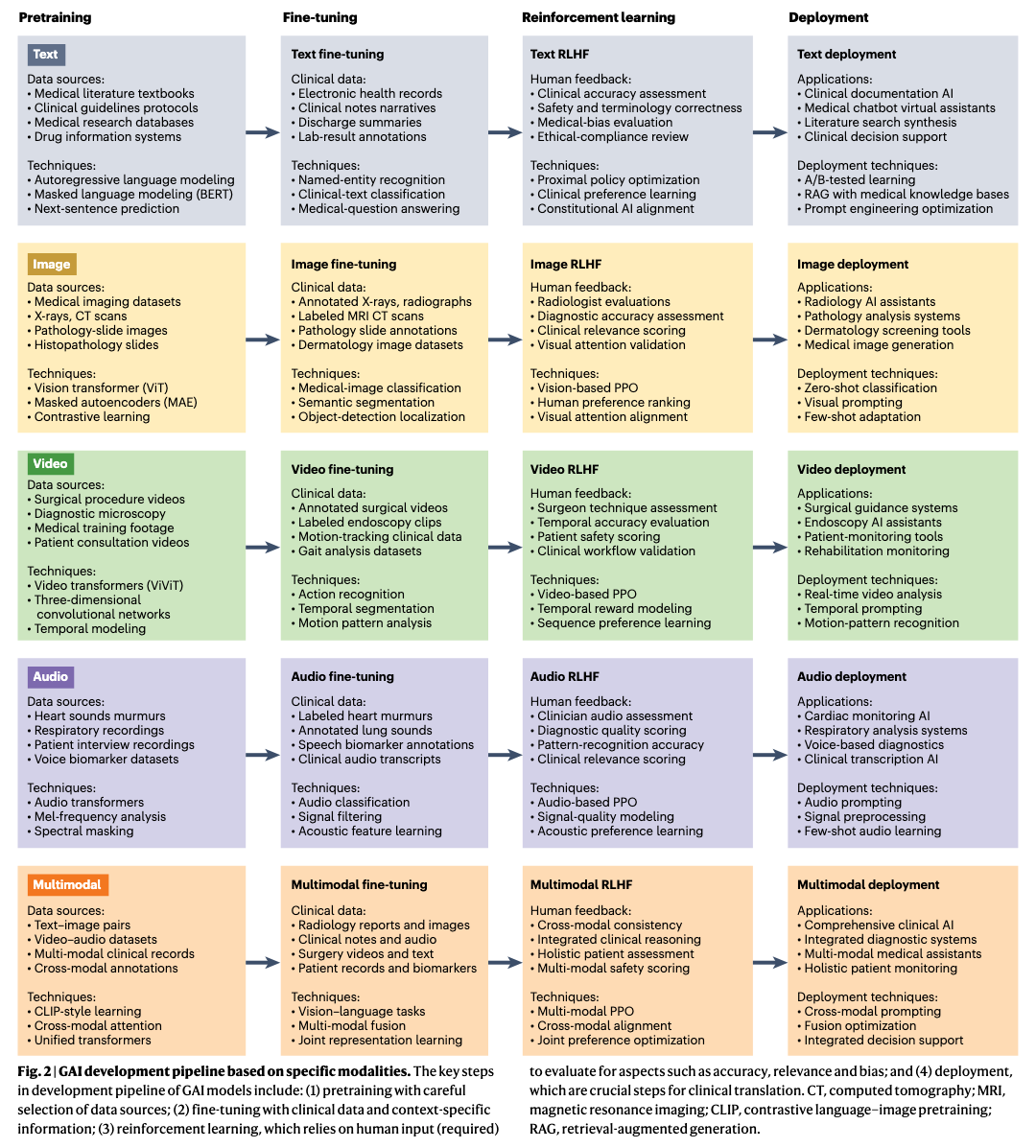
Around the world, sports journalism is dominated by men. In 2018, Sky Sports in Britain recognized that: ‘At recent press conferences for the leading football clubs in the Premier League, Championship and Scottish Premiership we counted 310 reporters covering 25 clubs. Nearly 300 were men;




